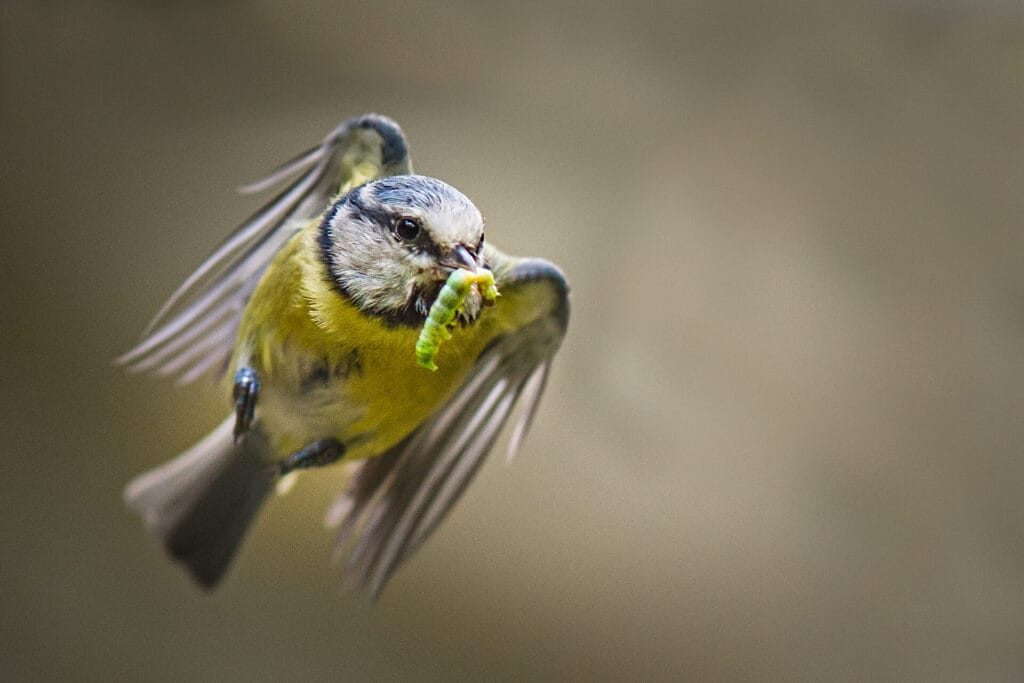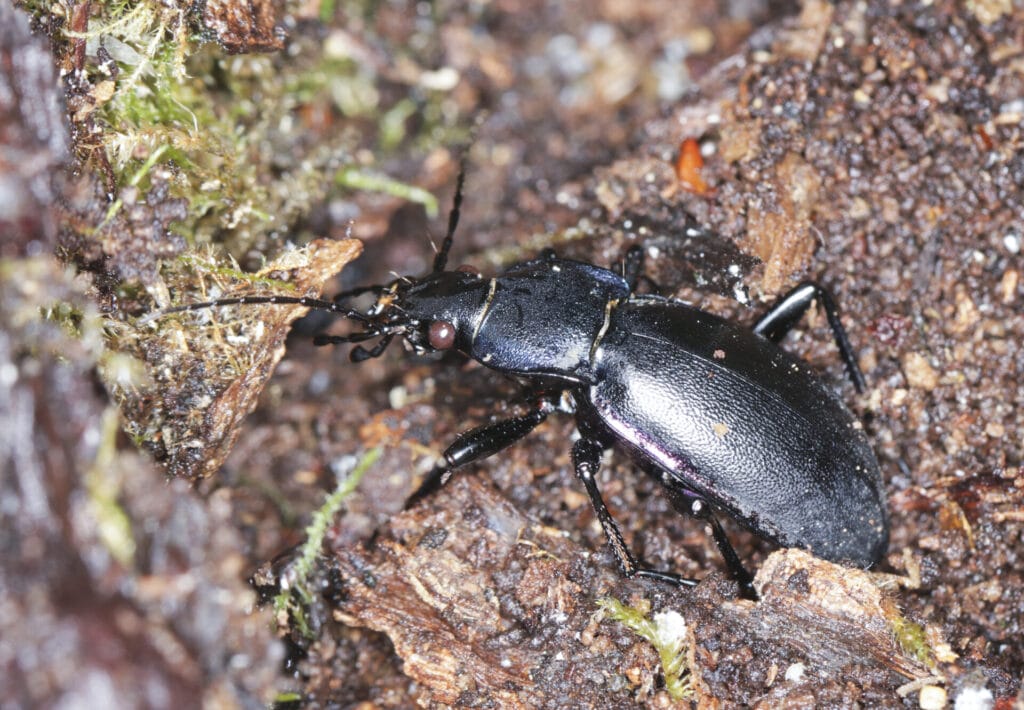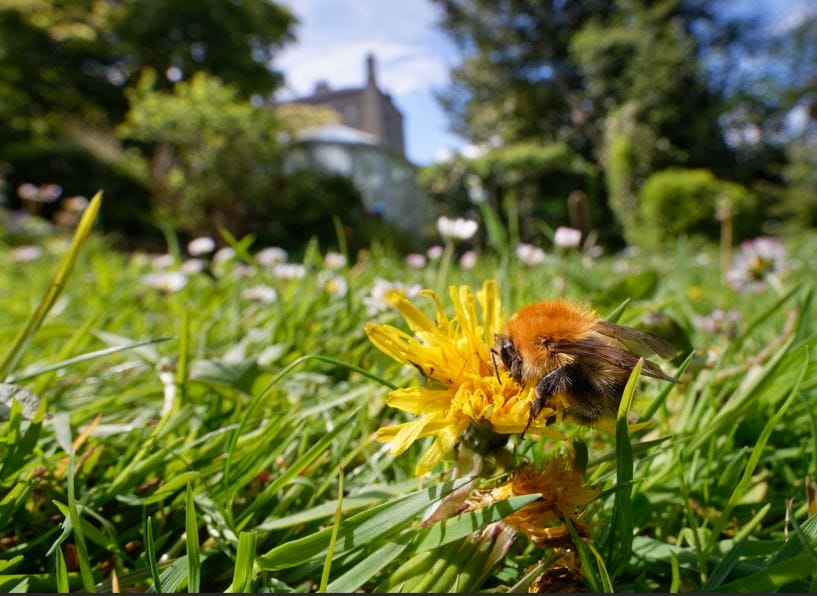Dorset Wildlife Trust volunteer Mitch Perkins explains why we should put the pesticides down and go chemical-free in our gardens this spring

© Gillian Lloyd
I don’t usually use four-letter words in my writing, but here’s one for you – pest. I know, you’re immediately thinking, “Ah yes, those irritating creatures that feast on the plants I’ve so carefully nurtured!” And you wouldn’t be wrong – but I’d like to offer another view.
It’s a personal bugbear of mine (excuse the pun) to call ant creature a ‘pest’ – it suggests the only measure of value lies in how much of a nuisance it is to us, and that it should automatically be eliminated if it is unwelcome.
As a keen gardener and allotment holder, I completely understand the heartbreak when prized blooms or lovingly grown vegetables suffer a serious nibbling. But it’s vital to recognise that many of the species we label as ‘pests’ are actually integral to the wider garden ecosystem – often providing food for other creatures or playing crucial ecological roles.

Fake news
Take codling moth caterpillars, for example – they are a real challenge in orchards and gardens alike with their apple-burrowing habit. However, bats feed on the adult moths, offering welcome, natural protection. Similarly, those winter moth caterpillars responsible for tattered leaves on ornamental and fruit trees are an important food source for many nesting birds.
Resorting to pesticides might seem like a quick fix, but it comes at a cost: reducing food for wildlife, disturbing the delicate balance between predator and prey, and causing long-term environmental harm. Some creatures, like slugs, are simply victimes of fake news. Of the 44 slug species found in the UK, only nine are serious plant nibblers. I can already hear you shouting, “Yes, but those nine are all in my garden!” But many slugs – and snails – are essential decomposers, breaking down organic matter and enriching the soil. And then there’s the magnificent leopard slug – a naturally carnivorous ‘slug predator’, it’ll happily munch its fellow gastropods.

A little light housekeeping
That’s not to say we should abandon our gardens to the wild entirely – a little thoughtful management is often needed. But chemical controls are rarely necessary. Pesticides often affect non-target species – we’re all now familiar with the devastating impact neonicotinoids have had on bees. Herbicides, too, can seep into the soil, disrupting worms, fungi and other vital microorganisms – the building blocks and unsung heroes of a healthy garden.
There are plenty of more wildlife-friendly options for managing unwanted guests: physical barriers, companion planting and encouraging natural predators will go a long way. Log piles, for example, offer a haven for beetles, spiders and centipedes, while areas of longer grass provide cover for slow worms, frogs and hedgehogs – all of which are enthusiastic slug-snackers.

© Nick Upton
In the end, perhaps we can all afford to be a little more forgiving of the odd nibbled leaf. A healthy plant can withstand a bit of grazing – and without using pesticides you’ll be welcoming in ladybirds, lacewing larvae, hoverfly grubs, ground beetles, spiders – and consequently blue tits and hedgehogs – and you’ll have an army of aphids, caterpillars and slug munchers. Look after your soil, and in return, your garden, allotment or shared green space will reward you with the buzzing, humming, flourishing life of a truly diverse ecosystem – nourishment not just for the environment, but for the soul, too.
For more ideas, I highly recommend visiting dorsetwildlifetrust.org.uk.


